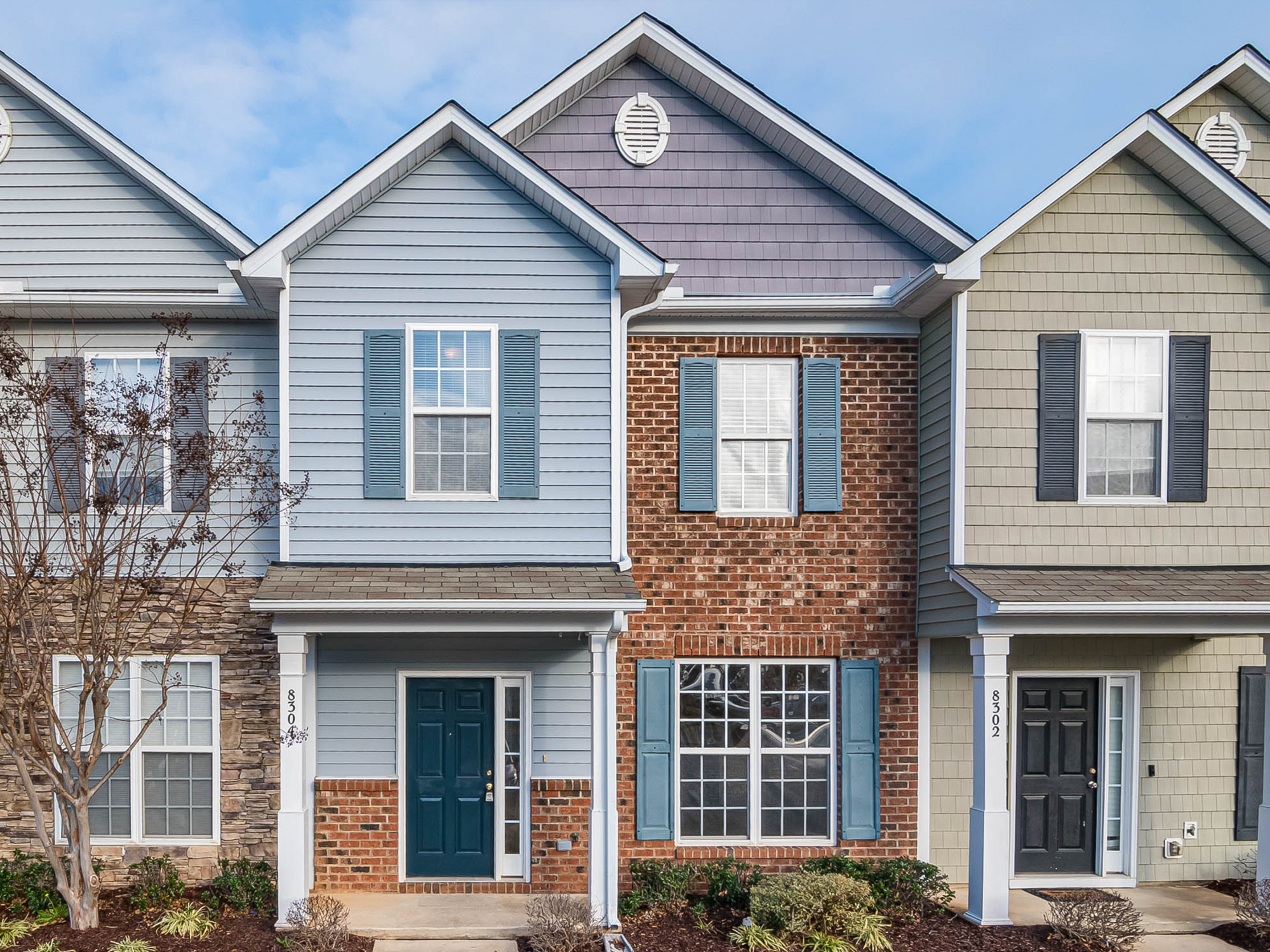

Blog
The first public comment draft of the 2027 International Energy Conservation Code (IECC) Residential Chapter is here. We’re giving an overview of what’s changed, what hasn’t, and how to participate in the public comment period.

Since the 2024 IECC was published last year, the International Code Council (ICC) began the next code cycle, appointing new Residential and Commercial Consensus Committees and calling for proposals to update the code.
If you follow energy codes, you might recall our 2022 blog post predicting what the 2024 IECC Residential Chapter would include, and later, our podcast admitting how wrong we were. (ICYMI: Many “decarb-readiness” provisions were moved to Appendices during the appeals process).
This time, we’ll skip the play-by-play of how the code is developed (check our earlier post for that) and go straight to what’s in the first public comment draft, opening in November. While the details aren’t final, recent ICC policy changes make it likely that many of these provisions will stick.
Roughly 200 proposals to change the residential code were submitted by the December 2024 deadline. Submissions came from efficiency advocates like SWA and New Buildings Institute (NBI), HERS Raters, code officials, the National Association of Home Builders (NAHB), representatives of the gas and electric industries, and even Tesla! Proposals ranged from simple editorial edits to major policy changes. Of these, about 80 were approved, and only five meaningfully improve efficiency (more on these below).
Proposals without two-thirds support from the 36-member voting body won’t appear in the first draft. For example, SWA proposed an optional Net Zero Emissions Appendix, which would have enabled jurisdictions to address both operational and embodied carbon, but it did not reach that threshold and won’t be open for public comment.
We’ll start with 10 stakeholder proposals you won’t see in the first draft:
*The Carbon Rating Index (CO2e Index) uses the same modeling tools as the ERI but assumes an all-electric baseline, allowing users to see true GHG emissions. The current ERI compares equipment only within the same fuel type, which can obscure the benefits from electrification. Unfortunately, this alternative wasn’t adopted.
Despite the measures that were left out, the first draft of the 2027 IECC-R is still expected to yield a positive determination of energy savings; we anticipate roughly 5% over the 2024 IECC-R when analysis is completed next year.
Source: energycodes.gov
As we saw with the 2024 IECC-R determination—which showed ~7% savings over the 2021 IECC—most of the gains come from updates to Section R408 (Additional Efficiency Credits), which is part of the Prescriptive Compliance Option. To maintain alignment across compliance options, corresponding proposals also raise the performance requirements in both modeling pathways.
If you’re not familiar, these are the three compliance pathways:
Under the 2024 IECC-R, the Prescriptive Path requires collecting 10 credits from a table of “additional energy efficiency” measures, such as high-performance HVAC and water heating equipment, improved envelope performance, or tighter air and duct leakage.
For 2027, an approved proposal increases that requirement to 15 credits.
To help projects meet the increased 15-credit requirement, several new options have been added to Section R408 (Additional Efficiency Credits):
These additions expand flexibility and reflect growing emphasis on electrification, demand management, and multifamily applicability.
In Section R405 (Simulated Building Performance), the required percent improvement over the Standard Reference Design is proposed to increase to 20% or 25%, depending on climate zone rather than fuel type. Depending on the combination of fuel and climate, this could result in roughly 5% greater performance than the 2024 IECC-R Standard Reference Design.
In Section R406 (Energy Rating Index Compliance Alternative), maximum allowable ERI scores are proposed to drop by 1 point across all climate zones. While analysis suggested that a larger reduction would better align with the other compliance paths—and bring ERI performance closer to ENERGY STAR Single-Family New Homes v3.2—the Committee ultimately supported this modest reduction as a compromise.
Beyond these updates, a few additional proposals are expected to contribute measurable performance improvements, though not universally across all residential buildings:
Several other revisions provide clarity and flexibility without affecting overall energy performance:
If you have feedback on the changes proposed in the first draft (PDF available via ICC SharePoint), participate in the public comment period running November 1, 2025, through December 15, 2025. Changes summarized above are noted in blue font in the PDF. To submit your comment, visit the Committee page for up-to-date information on the comment process, or if you are familiar with the process, head straight to standards.cdpaccess.com.
Next, the IECC Residential Consensus Committee will review public input and decide which revisions, if any, should be incorporated into the second public comment draft. The final version of the 2027 IECC must be ready by the end of 2026 for publication.
Still have questions? Contact us to reach an expert from SWA’s Residential Building Services team.
Written by Gayathri Vijayakumar, Principal Mechanical Engineer at Steven Winter Associates and non-voting member of the 2027 IECC Residential Consensus Committee
Steven Winter Associates